Wet macular degeneration
Author: Head of the EMC Ophthalmology Clinic, Ph.D. Raed Elias
AMD (age-related macular degeneration) is the most common cause of total blindness in people over the age of 50.
AMD develops in the central, or otherwise macular, area of the retina. When this area is affected, a person sees objects distorted. Straight lines bend, and a spot forms in the central area of visibility. Because of this, a person cannot normally recognize faces, see objects, drive a car, etc., which prevents them from living a normal life.
Forms of the dystrophic process
There are dry and wet forms.
Dry is the most diagnosed form of the degenerative process. At the beginning of the disease, with a dry form, yellow deposits appear in the layers of the retina. At this stage, vision does not suffer much, so a person can skip this stage of the pathological process.
As the disease progresses, it becomes a developed dry form. Yellow deposits increase, photosensitive tissues are destroyed, which leads to a sharp deterioration in vision. A dry form can flow into a wet one.
The wet form (neovascular macular degeneration) is less common than the dry form, but it is much more dangerous. In this form, abnormal blood vessels form under the macula. Vision is rapidly deteriorating, as blood and fluid flow through the formed vessels with the formation of recesses under the macula. As a result, a person sees curved objects instead of straight lines. And due to the accumulation of blood under the macula, dark spots form in the center of the visual field.
The wet form, unlike the dry one, progresses rapidly. Therefore, loss of central vision can occur very quickly. In addition, with a wet form, there is a high probability of hemorrhage in the eye, which threatens complete blindness.
Causes of age-related macular degeneration
One of the several listed factors, or a combination of them, can trigger the development of the disease.:
- Age 50+
- Hereditary predisposition
- Female (according to statistics, women develop the disease 2 times more often than men) Chronic diseases (people suffering from diabetes mellitus, hypertension, atherosclerosis are much more likely to develop AMD).
Smoking, excess weight, poor ecology, infectious or inflammatory eye diseases, etc. can also be a provoking factor.
Symptoms of age-related macular degeneration
At the beginning of development, the disease may be asymptomatic or hardly noticeable to humans. As AMD progresses, the following symptoms may appear:
- Visual impairment during the transition from bright to dim light.
- Increased sensitivity to bright light.
- Loss of sensitivity to contrasting colors.
- The blurriness and vagueness of the image.
- Image reproduction in a curved form.
- Dark spots in the central area of vision.
If you notice one or more of these symptoms, consult an ophthalmologist.
With timely access to a doctor and treatment, it is possible to stop the progression of the disease and improve eyesight.
Diagnosis of AMD
In addition to standard examination methods (biomicroscopy, ophthalmoscopy, perimetry), optical coherence tomography (OCT) is performed. This type of diagnosis helps the doctor to identify the disease at an early stage of development, when there are practically no symptoms, and to determine the form of pathology.
- Does not cause allergic reactions
- It can be performed by adults and children
Treatment of age-related macular degeneration
Depending on the form and characteristics of the disease, the doctor selects an individual treatment regimen.
Treatment of age-related macular degeneration:
- Medical treatment
- Laser coagulation
- Anti-VEGF therapy (injection of special drugs into the eye)
The most modern effective method of therapy is the latter.
It is important to understand that it is impossible to cure the disease, but anti-VEGF therapy can help stop its development, and in some cases, improve vision. Maximum results can be achieved by starting treatment before the scarring stage.
The action of anti-VEGF therapy is based on preventing the formation of new pathological blood vessels.
Advantages of EMC treatment
- A team of experienced professionals working under the guidance of one of the leading ophthalmologists in Russia, Raida Elias. The doctor has more than 27 years of experience, including work and internship in the best clinics in Germany, England and France.
- All the conditions for a quick comprehensive diagnosis and treatment of any ophthalmological disease.
- Round-the-clock emergency ophthalmological care for adults and children.
Why the EMC
The first and only clinic in Russia, created in the image of the world's leading clinics
EMC is a multidisciplinary center offering patients a high level of medical services and a personalized approach
Worldwide recognition and awards
 Learn more
Learn more
Worldwide recognition and awards
 Certificates and licenses
Certificates and licenses
Make an appointment for a consultation
Specify your contacts and we will contact you to clarify the details
Reviews
and new products of the EMC
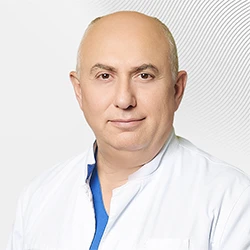
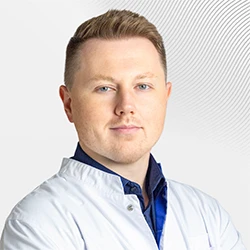
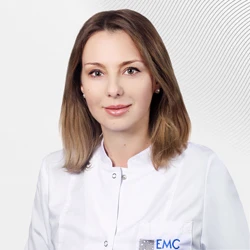
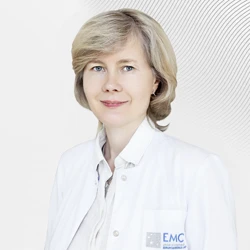
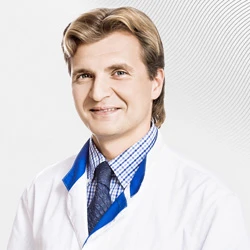
.webp)

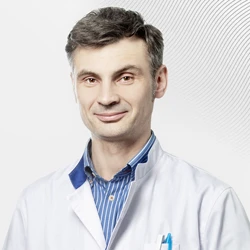
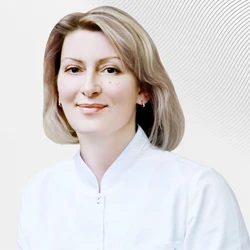
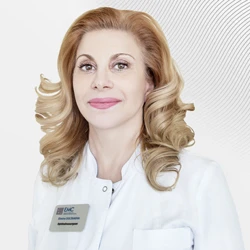
.webp)
